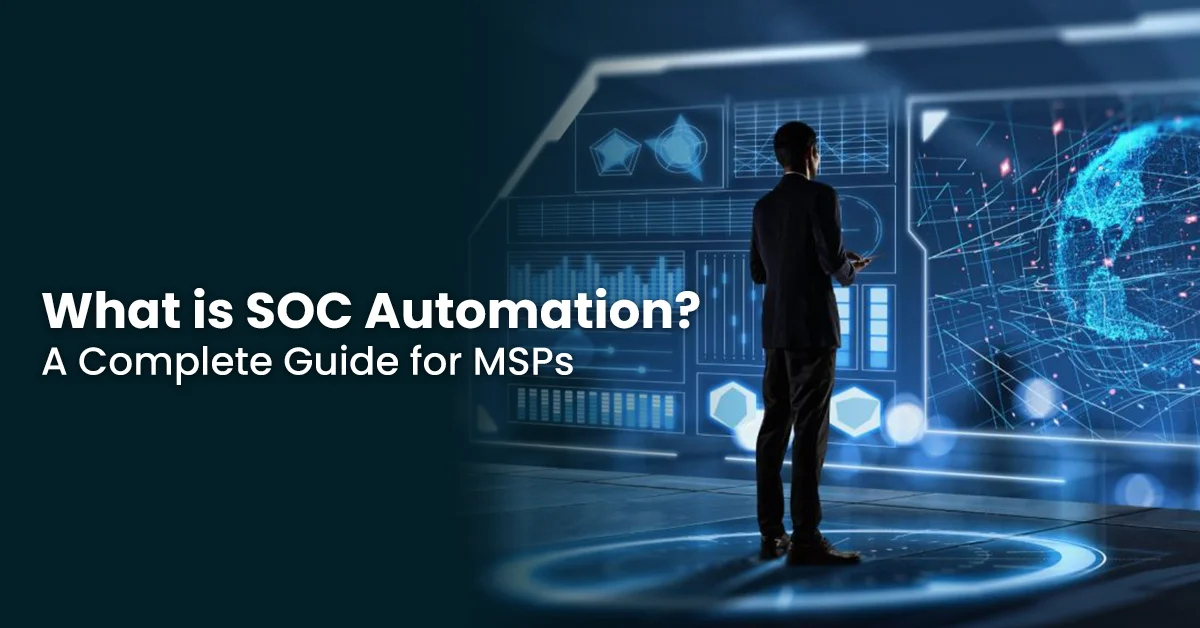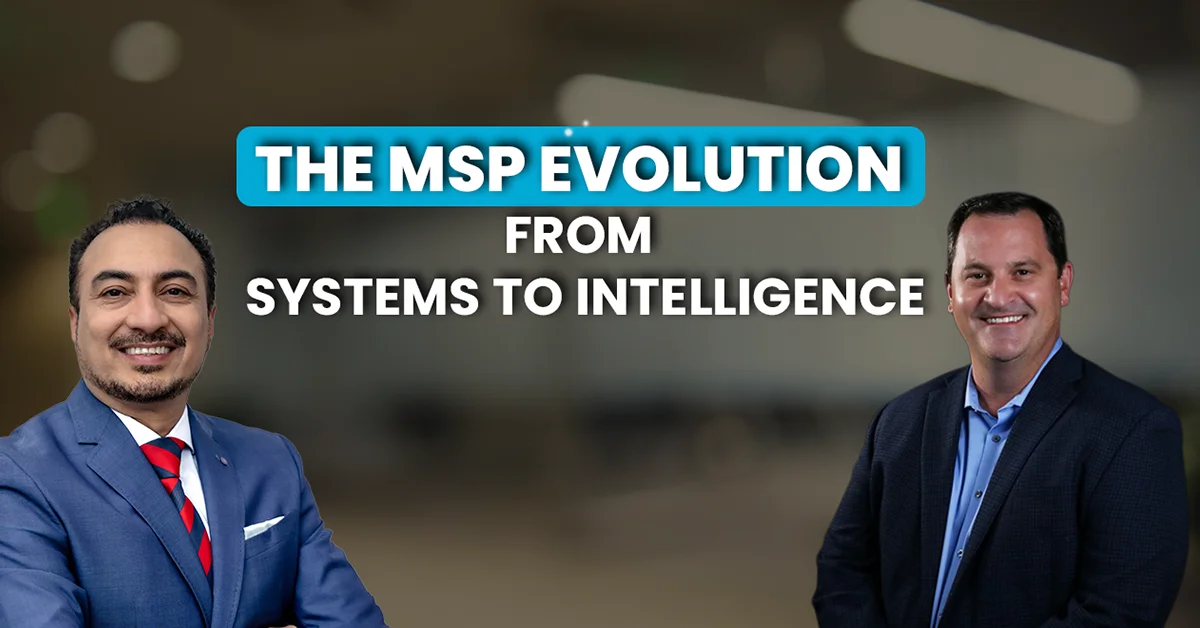As an organization, we all have to understand that while we want our customers to always be happy, sometimes they won’t be. It’s the nature of the beast. But I know, as a leader of an organization, I want to hear the feedback—good or bad. It’s the only way that we will get better as an organization. So, I wanted to share an opportunity that I saw for a very large organization to improve. We all know, if someone has a poor experience, they will go and tell eight people (or in this instance 1000’s 😊) out of 10, whereas a good experience usually is only two out of 10. Now I want to be clear, my intent behind this article is not to complain about Capital One, but it is meant to provide coaching opportunities.
Last Tuesday, I needed to do a wire transfer. We like to keep our savings in Capital One for the high yield interest, but the only downfall is when large transactions need to be made, you have to go to a branch. Now the nearest branch to me is 30 minutes away. This was an urgent request, and a large amount, so I needed to get it done quickly. I packed up my puppies into the car, and we headed towards Edison at 9:30 AM. I know that the wire room closes at 2:00 PM, so I was hoping to get my task accomplished within a few hours and be back.
When I got to the branch, I stood in the queue, puppies in stroller and waited my turn. I saw that there was this one teller who had been with this one individual for quite some time, while the other tellers seemed to be moving along. I finally got to my teller to make the wire, which was where I did it last time, and she informed me that I now needed to go meet with someone from customer service at the cubicle. OK—my puppies, up until this moment, had been very good in their little stroller, so we walked over to the customer service representative.
I waited my turn there, and when I took a seat and informed her that I needed to make a wire, she informed me that they no longer processed wires in the bank and that I could only do it online now. But there was a limit online. And I had just done one from this branch a month ago. Now I had to figure out how to get this money to where it needed to be within the same day. So, I asked for a cashier’s check. Not a problem. But I had to go stand back in line though.
What—OK—so I waited my turn again in line. I finally got to the teller and informed them that I needed to make a cashier’s check. He warned me in advance that this would take a while. Now I banked regularly at Chase, so I didn’t understand what “a while” would be in his mind. He began my verification process, checked my IDs, got the name of where I wanted to send it, and then he informed me that he had to wait for his manager to approve the transaction.
Not a problem. This was a large branch; one would assume that the managers would be readily available to help support their teams, especially if there was a need for manager approval for any transactions. The teller informed me that he had sent a message to his manager, and she would be right there.
It was almost laughable—I felt like I was in a SpongeBob episode—10 minutes later, 20 minutes later, 30 minutes later, and this manager had still not come outside. I was standing at this teller and all we needed was her authorization. Now the question here was not patience, but instead, the difficult situation that this manager had now put this teller in. We, as leaders, were accountable for the overall service experience that our employees provided.
The gentleman was very kind and apologetic, but it was the manager who was not addressing the fact that there was a customer standing at the teller station waiting for her to approve something. The teller tried to make conversation with me, was apologetic, pinged her again, and still no answer. Now, in my mind, this was a process issue. If you knew that there was a process required in your system to approve transactions, then you should have had a manager available at each of the branches to do so. If not, you were providing an extremely poor customer experience.
This was the same teller that had the very long line at the very beginning. Whenever we were building any type of process workflow that required a third person to be entered into the delivery process, we needed to consider all the variables around that. What if the manager was in a meeting? How would she approve this transaction? Should there have been a backup?
This was the first time that I had ever experienced such a situation in my 30+ years of banking. I did not blame the teller, but I did ask for the manager’s card so that I could reach out to the appropriate people to express my displeasure. It took 43 minutes for them to finally approve this transaction. The entire time I stood at the teller station with this gentleman waiting. That manager was not concerned about my time or her teller’s time, or the fact that the teller was the one who was having to deal with my continued frustrations; she was unavailable.
This was a process breakdown for Capital One. When she finally did approve it, she did it remotely. She never needed to physically come and enter a number; she was able to do it from her desk, and yet she still made us wait the 43 minutes. Then I tried to go online to find a number where I could send my feedback—there was no number available. There was no email available to send feedback or customer complaints. You had to sit in line for a customer service representative. Overall, the entire experience left me with such a poor taste in my mouth, but it was a lesson on what not to do for any organization that was delivering service to their customers.
- Always make sure that managers are available to address customer needs. An unhappy customer should never have to wait.
- If you build a process that requires a third person’s approval, make sure that you have enough individuals that can provide those approvals, or the process fails, and your team is unable to meet optimal service levels.
- Don’t be afraid to get feedback, clearly list to your customers where they can send complaints. It should not be difficult for someone to provide feedback to an organization, at the end of the day the intent is only to help you improve—well, most of the time.
- Make your customers feel like they are a top priority. I don’t think there would ever be a time where if one of my team members texted me that a customer was unhappy that I would not immediately drop what I was doing and get on the phone with the customer.
- Make sure you support your people. I felt extremely bad for that poor teller that had to sit there and wait for 48 minutes dealing with just me. His verification process literally took only 5 minutes. But it was the 43-minute wait time to get his manager’s approval, which she did remotely, that was a clear indication of how much she was concerned about his time. Or the fact that he was now required to deal with an unhappy customer. She put her people in a very bad situation.
I understand that things can happen, but what this was is a perfect example of poor leadership and process. One poor interaction can impact an entire organization. In that moment I strongly considered taking all my money out of Capital One. Then I reflected, one bad employee should not impact the entire organization. Do better and figure out what we ourselves can learn from it. I can guarantee you this, if an IT By Design customer calls, know that I will always answer your call the moment it rings.








